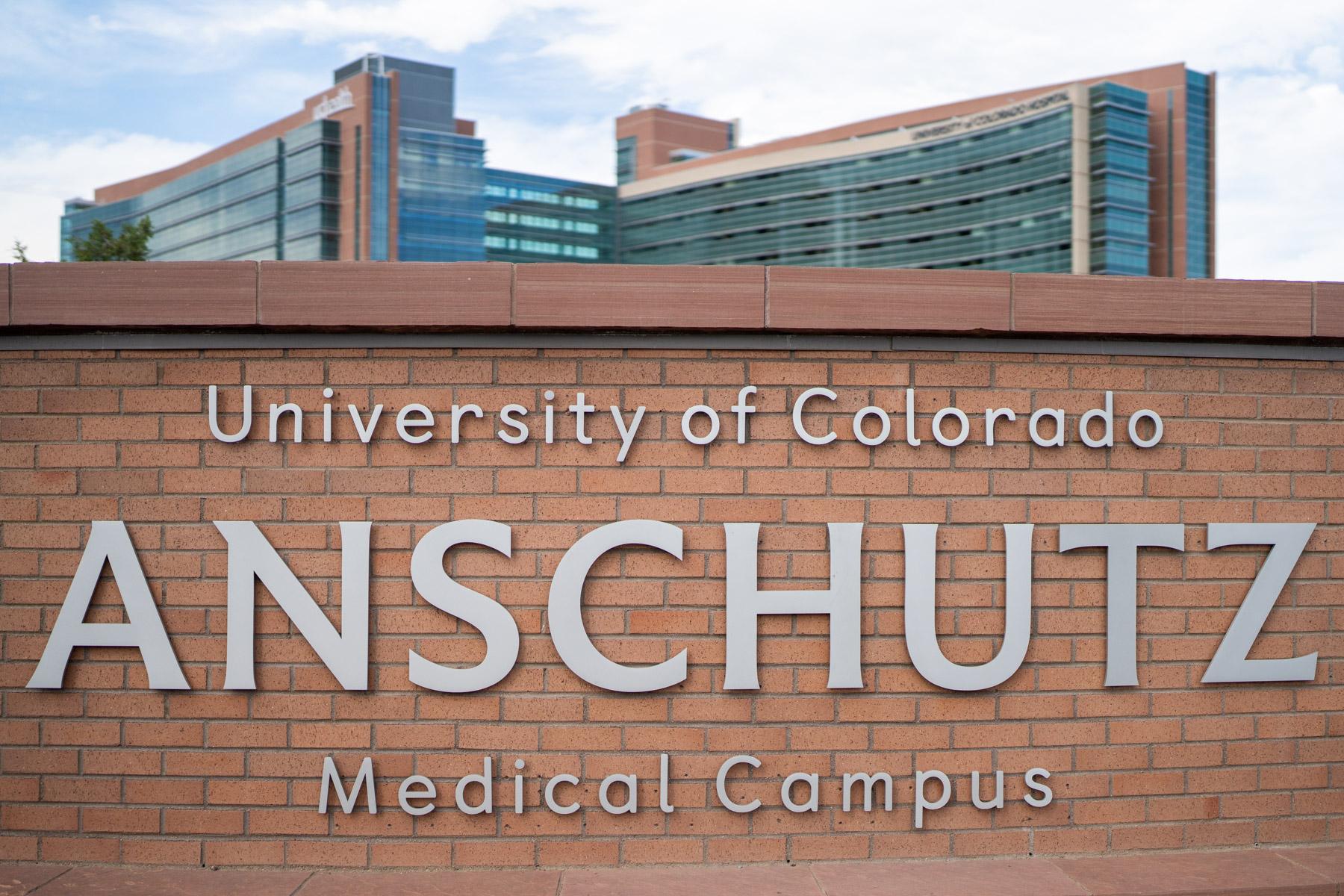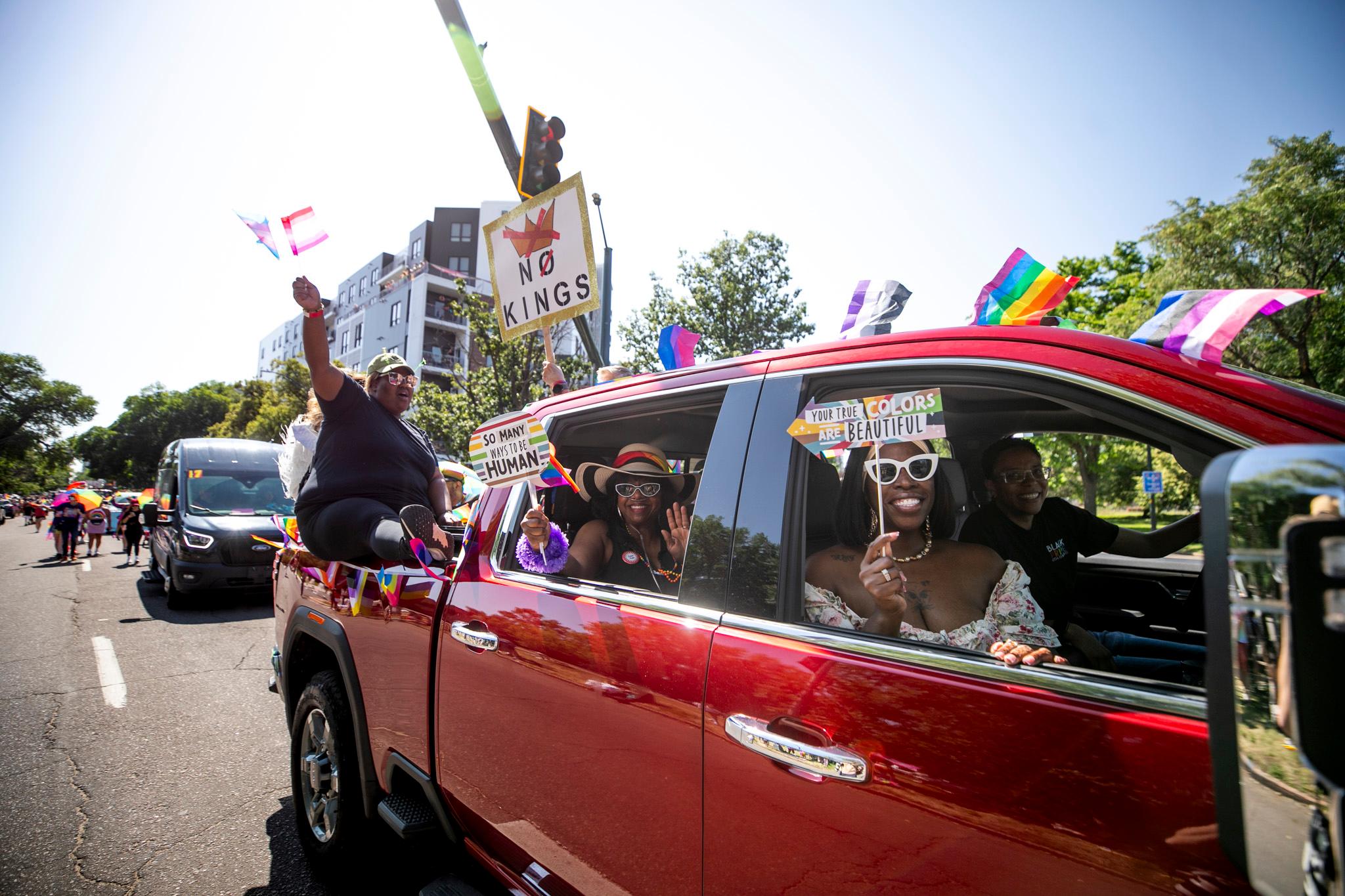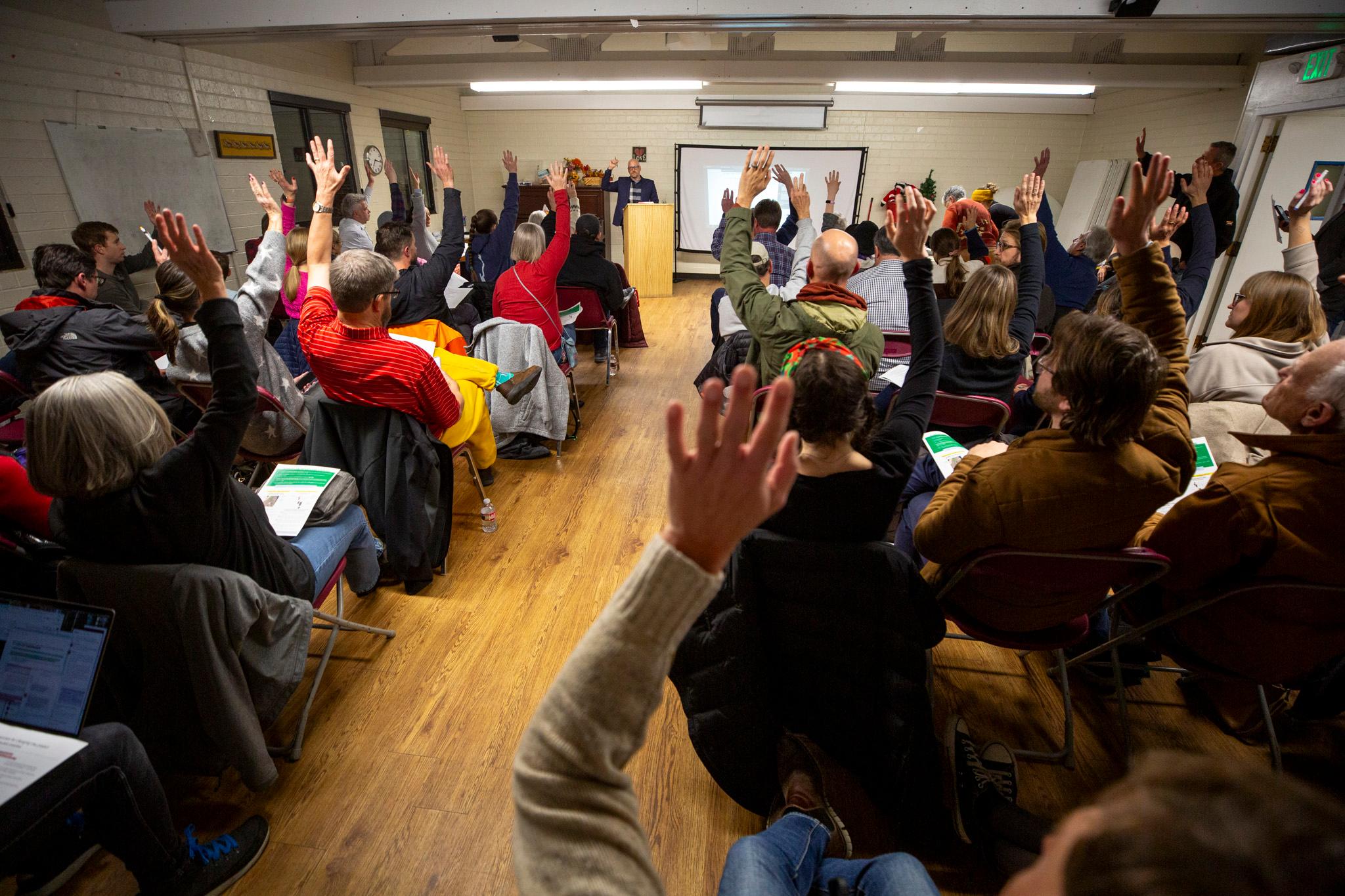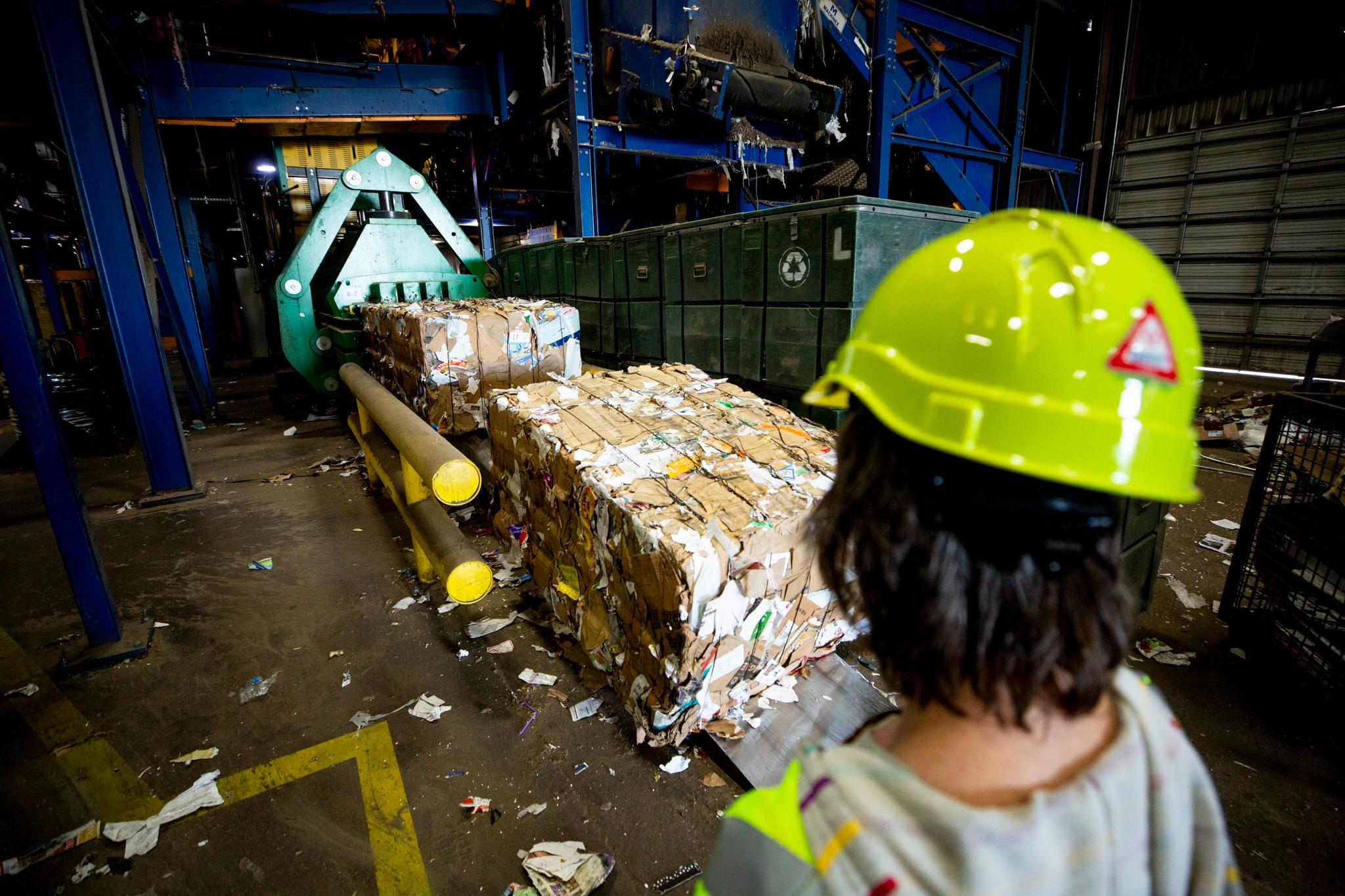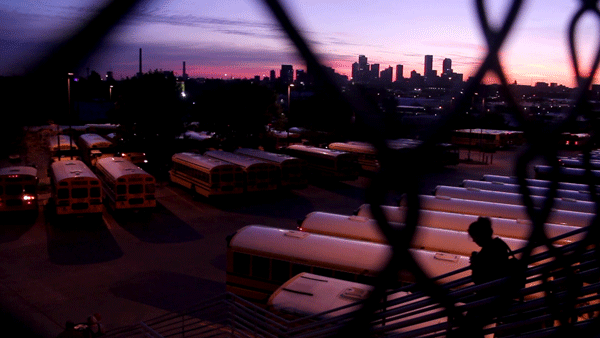
By Yesenia Robles, Chalkbeat
Six years after Denver Public Schools created an innovative bus shuttle system to help get students to school, the effort has expanded and evolved but the larger problem it sought to fix remains.
The system, called the Success Express, was introduced in 2011 in northeast Denver with the goal of helping families choose high-quality schools as the district was changing the choice process and overhauling low-performing schools in the far northeast part of the city.
The Denver school district for years has received national praise for simplifying the school choice process, but providing adequate transportation continues to be barrier to real choice. Districts nationally still have looked at the Success Express as a model — one of relatively few examples of an urban district trying to tackle broader transportation challenges.
The 92,000-student district was spotlighted again last week when U.S. Secretary of Education Betsy DeVos praised the Success Express in a speech celebrating “out-of-the-box approaches.”
“This transportation is key in order to provide students with access to quality options,” said DeVos, who has championed expanding school choice, including vouchers for private schools.
For a number of reasons — including limited resources, logistical difficulties and the hardships of getting multiple agencies with different goals to agree on a plan — solving the transportation puzzle remains elusive in Denver and other cities.
A research report last month from the nonprofit Urban Institute identified transportation barriers in five cities, including Denver, and called choice an “empty” promise for many families.
While the Success Express has grown, it still only serves a limited part of the city. At the same time, school district and city officials are not on the same page with the region’s transportation agency about a separate proposal to increase transportation for another group of students by providing more public bus passes for high schoolers.
When it launched in the far northeast part of the city, the Success Express provided transportation to 18 area schools — including district-operated schools and charter schools. Today, the shuttle on average takes almost 3,000 students to 35 schools just in that area. The district replicated the model last year with two new routes in west Denver for middle school students.
In all cases, the routes include all school types in the area, including charter schools, district-managed schools and innovation schools, which are district-run but operate with many of the same freedoms as independent, publicly-funded charter schools.
Welcoming a mix of different school governance structures — an approach known as “the portfolio model” — has been a hallmark of Denver Public School reforms over the past decade.
“We’re happy to be part of the larger system,” said David Singer, executive director and founding principal of University Prep charter school, which has two schools on Success Express routes. “It has provided increased choice for families across our community. Our families by and large have had a positive experience.”
Outside the Success Express routes, most charter schools don’t provide transportation, though some off the routes have chosen to purchase bus service from the district.
In other cities, options are far more limited. In Detroit, charter schools that have opened as replacements for district-run schools do not provide transportation. That has left several families traveling dozens of miles to get their kids to the new schools.
There’s little argument about how innovative Denver’s system is. But it has it shortcomings.
For example, families in the zone of a Success Express shuttle can get free transportation to any school in their home region. But if they choose to go to a school outside the shuttle’s reach — one that’s farther and more difficult to get to — they’re on their own.
Some families who are able to drive their kids to school are choosing to skip the Success Express because of the time kids would spend on the bus.
“One parent would say, ‘My student’s on the bus for 45 minutes when I can drive to that school in 10 or 15 minutes,’ but that’s the tradeoff,” said Nicole Portee, the executive director of transportation for DPS. “We’re covering a large geographic area.”
Finding a way to transport every student who chooses to go to a school other than the one in their neighborhood is not likely to ever happen, officials admit.
“From a systems perspective, we don’t have enough resources,” Portee said. “If you imagine a city street that has 10 homes on it and every home has a different school of choice, you would need thousands and thousands of buses.”
Todd Ely, director for the Center for Local Government Research and Training at the University of Colorado Denver, co-wrote a study on the Success Express and has looked at transportation models in other cities and called Denver’s a good idea but only one piece of a hard-to-solve puzzle.
“As far as better systems, I don’t think there is (one),” Ely said. “The more you have kids coming from the same neighborhood, going to different schools, the more expensive and complicated the transportation service needs to be. I don’t think we really have an answer aside from these piecemeal or ad-hoc solutions.”
DPS, in fact, is working with the city and advocacy groups on another initiative that fits that definition: getting more bus passes for high school students.
DPS doesn’t provide yellow bus service for high school students outside of the Success Express regions, but instead gives a bus pass for public transit to high school students attending their neighborhood school if they live more than 3.5 miles away.
The groups working on the plan, including the district officials, acknowledge that the Success Express has not been, and won’t be, a solution for all students city-wide and are looking at other plans that could help.
The district estimates it purchases about 2,500 Regional Transportation District bus passes for high school students monthly. Some schools also use their own budgets to buy bus passes for students who don’t qualify for a district-provided one.
The idea the city of Denver pitched to RTD would allow the district to purchase yearly passes for students instead of monthly passes — at considerable savings — charging the rate given to businesses. That could allow the district to quadruple the number of passes it gives students.
DPS padded its bus pass budget with $400,000 from a tax increase approved by voters in November. Denver city officials said they also would contribute money to pay for the passes.
But according to city officials, RTD officials are not ready to commit, wanting first for a task force that just started meeting this month to complete research on RTD’s many different passes and rates.
City officials say they want to proceed now rather than waiting, saying new data on student bus use could inform the task force’s work.
“We want to be able to remove some barriers, so if a family wants to go take their kid to a school across town because that’s the best fit for their children, we don’t want them to be prohibited,” said Dionne Williams, deputy director of children’s affairs for the city of Denver.
The discussions illustrate how difficult the issue is to solve. In the meantime, transportation remains an important factor for families and students considering schools.
Haydn Roberts, a 17-year-old student at DSST Cole, a charter school in northeast Denver, said that when his family chose to send him to Cole, they had considered East High School and DSST at Stapleton first, but ultimately went with Cole because of transportation concerns.
Taking the bus to East was a direct ride, while taking the bus to the other schools would have meant getting on multiple buses and extending his commute.
“Sitting at the bus stop that long, my family decided that would not be safe for me,” Roberts said.
For the city, transportation is important for school choice, but also for students to get to recreation centers, libraries and other services that are free for students with the My Denver card. It’s also about giving students transportation to summer jobs.
In other cities that have tried to lower transportation barriers, the struggle is often about money. While school districts want to save their money to spend in the classroom, transit agencies can lose millions providing free or reduced cost passes to students.
“Just like any other government agency, we have to be fiscally responsible,” said Nate Currey, a spokesman for RTD. “We get a lot of requests. Anytime we offer a discounted fare, it does cost us money.”
Currey did not have any estimates on potential fiscal impacts from the proposal
“Bottom line is we want to make sure we’re doing the right thing for everybody,” Currey said.
City officials said the conversation isn’t over and that they are now looking into possible alternatives while RTD’s task force finishes its work.
DPS officials said their work improving Success Express and transportation in general is ongoing.
“We have to work within those constraints that will never change,” said Portee, the transportation director. “It doesn’t limit our ability to continue trying to think about how we serve our students.”

